Hiyayakko: A Japanese Culinary Gem Explored
Step into the world of Japanese gastronomy with Yoshida Hotel as we unveil the allure and history surrounding the beloved dish, Hiyayakko. In this exclusive exploration, we guide you through an authentic journey into flavors, stories, cultural traditions, and the sophisticated simplicity of Hiyayakko. Whether you are an inspired traveler, a culinary enthusiast, or simply intrigued by Japanese cuisine, this article will become your complete resource for learning, tasting, and appreciating Hiyayakko—all from the viewpoint of Yoshida Hotel, your ever-curious companion in discovering the exquisite depth of Japanese food culture.
Hiyayakko: The Unforgettable Taste of Chilled Tofu in Japan
Hiyayakko is arguably the most refreshing summer dish in the Japanese culinary tradition, featuring chilled, silky tofu topped with a symphony of garnishes. At its core, Hiyayakko is a celebration of contrasts—cool yet lively, soft yet complex, subtle yet deeply satisfying. Its popularity spans both everyday home-cooked meals and the refined courses of kaiseki dining, embodying the very essence of minimalism and harmony favored in Japanese cooking.
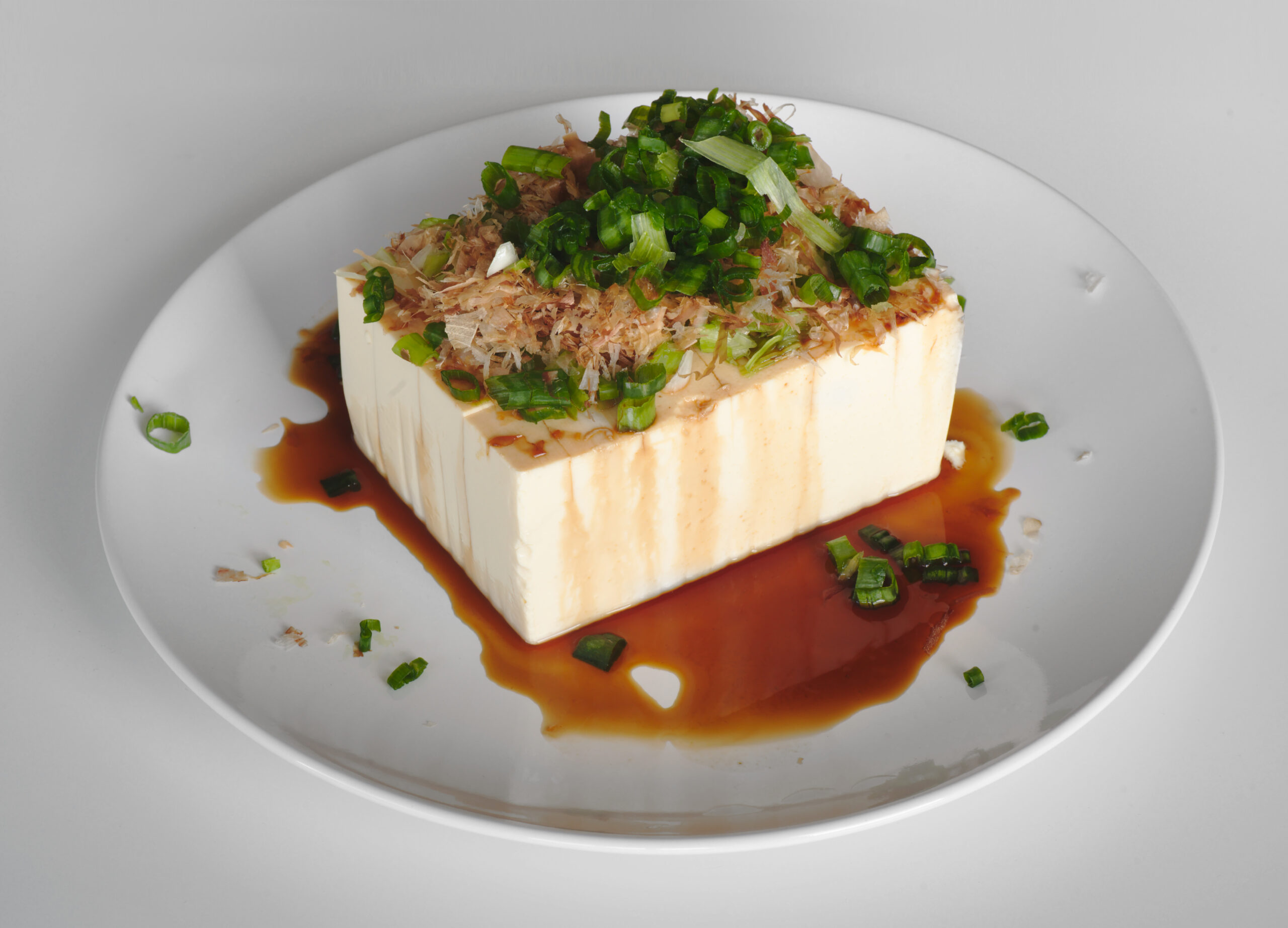
Hiyayakko’s legacy stretches back centuries, evolving through generational preferences, regional variations, and seasonal influences. It transcends its simplicity to become a cultural icon, intricately tied to summer traditions, notions of hospitality, and the shared pursuit of gastronomic purity.
Hiyayakko: Embracing the Spirit of Washoku—A Deep Dive into Culinary Tradition
Washoku, the traditional dietary culture of the Japanese, centers on balance, seasonality, and presentation. Hiyayakko perfectly encapsulates these principles, reflecting a deep reverence for fresh ingredients and the subtle enhancement of their flavors. Learning about Hiyayakko with Yoshida Hotel means uncovering the philosophy behind Japanese food—a way of eating that cherishes the integrity of ingredients and respects the synergy of food and season.
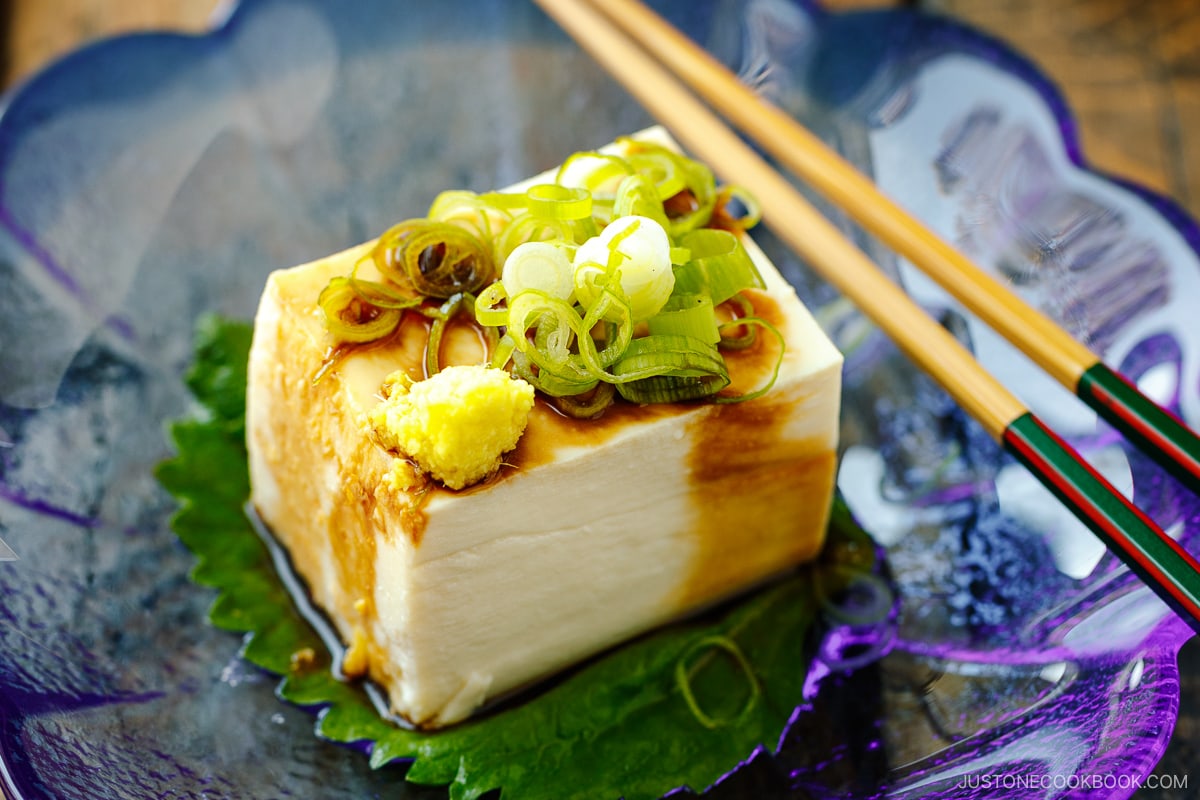
At the heart of Hiyayakko lies the artistry of tofu itself. The delicate, custard-like block forms the canvas for intricate toppings, from aromatic green onions and grated ginger to savory katsuobushi (bonito flakes) and freshly chopped shiso leaves. Each variation tells the story of its region, its maker, and its moment in the year, all united under the banner of simplicity and pleasure.
Hiyayakko: Sourcing and Crafting Authentic Tofu for the Perfect Experience
For Hiyayakko to truly shine, the tofu must be exceptional. In Japan, the pursuit of the finest tofu is an artform. Artisanal producers use centuries-old methods, selecting region-specific soybeans and utilizing mountain-fresh spring water to yield a tofu that is soft, creamy, and subtly sweet.
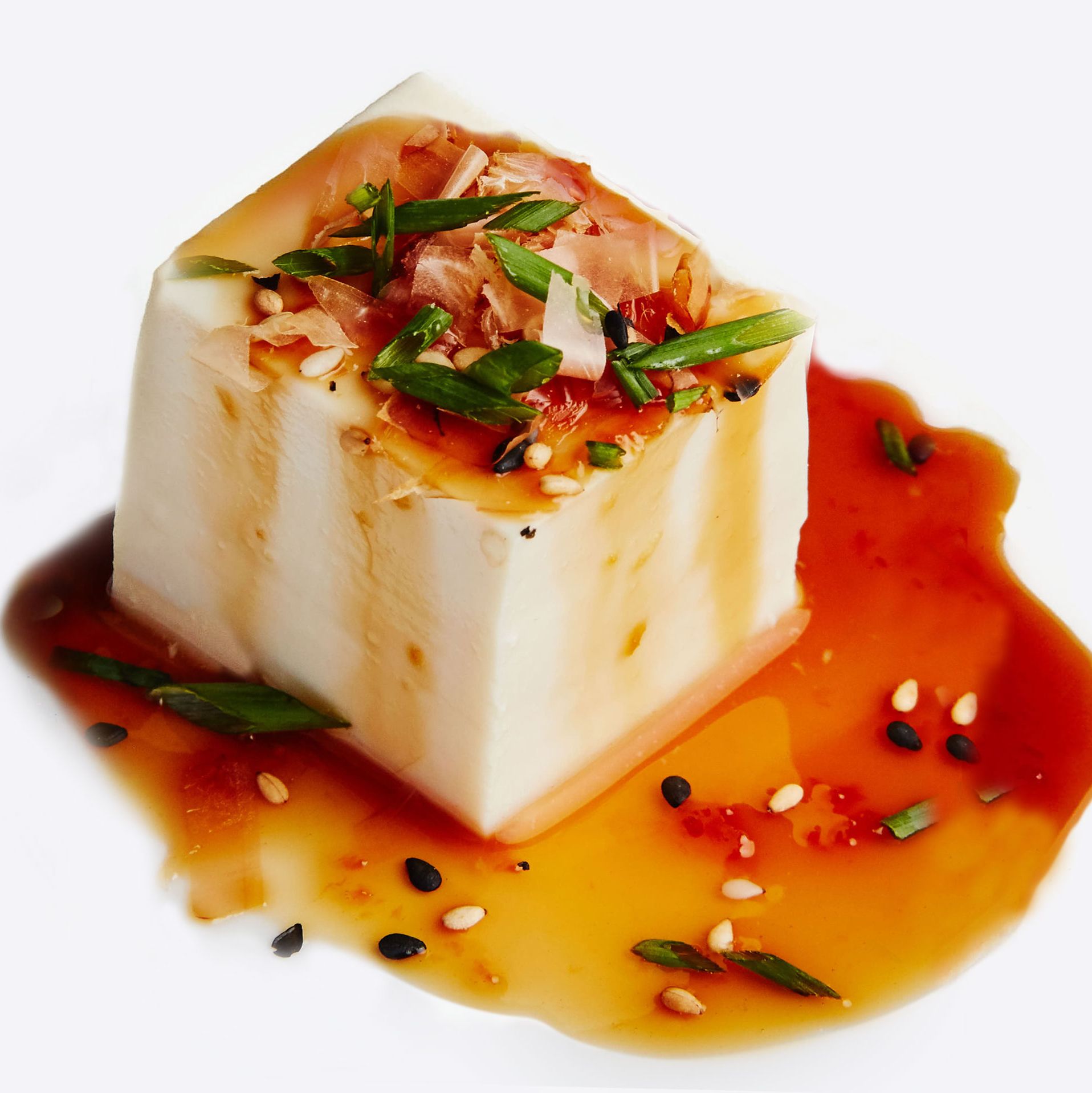
At Yoshida Hotel, we believe understanding the origins and creation process of tofu deepens appreciation for Hiyayakko. Cold sets in, anticipation rises, and chefs delicately slice the tofu into neat cubes, ensuring each piece retains its flawless texture. Presentation is everything—each block, pristine and inviting, poised for a touch of toppings that will ignite the senses.
Hiyayakko: Exploring the Variety of Toppings That Elevate the Dish
The beauty of Hiyayakko lies in its endless adaptability. While traditional toppings remain ever popular, modern innovation sees fusion ingredients and international accents gracing this Japanese classic. At Yoshida Hotel, our culinary journeys have introduced us to a vibrant spectrum of Hiyayakko embellishments, including:
- Freshly grated ginger: Delivering a gentle heat that enlivens the palate.
- Chopped green onions: Adding crisp freshness and a mild bite.
- Katsuobushi: Lending delicate oceanic umami.
- Shiso leaf: Infusing herbal aroma and subtle sharpness.
- Toasted sesame seeds: Offering depth and nuttiness.
- Drizzles of high-quality soy sauce: Uniting all flavors in harmonious balance.

Each topping is carefully chosen not only for its taste but also for its color, texture, and seasonal appropriateness. The result is a dish that pleases the eye as much as the taste buds.
Hiyayakko: Regional Interpretations and Local Flavors Unveiled
Across Japan, Hiyayakko is reimagined through the lens of local temperament and available produce. In Kyoto, the elegance of chilled tofu is matched by delicate yuba (tofu skin) and mountain vegetables. In Osaka, robust sauces and bold flavors lend a touch of excitement.
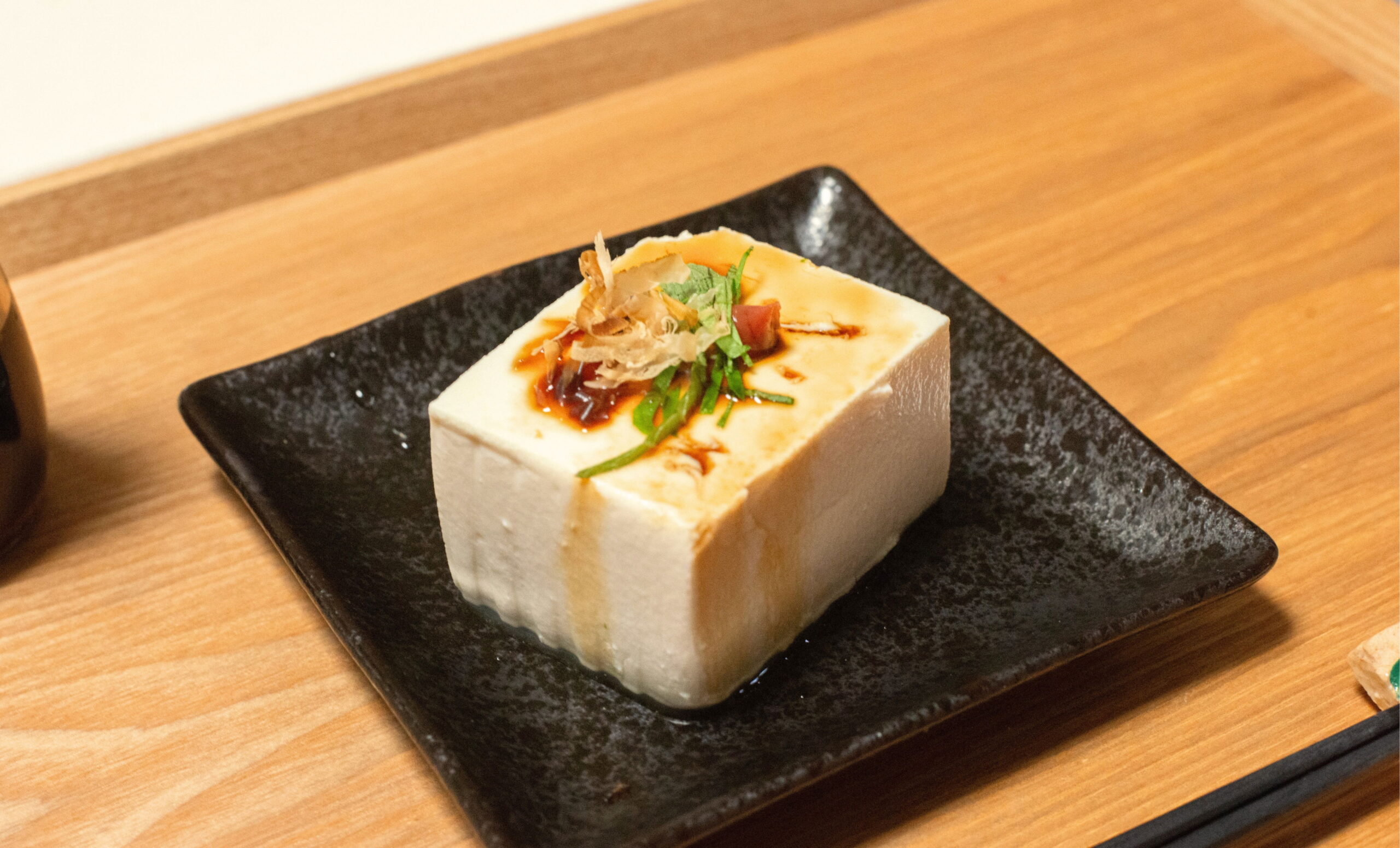
Some regions employ unique soy sauces or introduce spicy daikon radish, balancing sweet and sharp. Others prefer to highlight seaweed, wasabi, or even umeboshi (pickled plum), adding layers of complexity to the elemental tofu.
As you journey with Yoshida Hotel through these diverse renditions, you embrace the idea that every Hiyayakko is a cultural snapshot—a fleeting intersection of place, season, and creativity.
Hiyayakko: The Health Benefits Behind the Dish’s Popularity
Not only is Hiyayakko delicious, but it is also celebrated for its impressive nutritional profile. Tofu, as the star ingredient, brings high-quality plant-based protein, essential amino acids, and minerals like calcium, iron, and magnesium. Its low calorie count and cholesterol-free makeup make it a favorite among health-conscious diners.

For vegetarians, vegans, and those seeking lighter fare, Hiyayakko offers significant benefits:
- Excellent source of plant protein
- Naturally gluten-free and lactose-free
- Minimal use of oil or heavy seasonings
- Supports heart health and balanced diets
Travelers to Japan often seek out Hiyayakko not only for its taste but for its role in promoting wellness and balance—principles that Yoshida Hotel encourages in every shared meal and story.
Hiyayakko: Discovering Seasonal Occasions and Culinary Rituals
Hiyayakko is more than simply food—it is ritual. In high summer, when the humidity rises and streets buzz with energy, families and friends gather around chilled plates of Hiyayakko. Festivals feature this dish as a light, refreshing staple; tea ceremonies and high-end ryokan include it in elaborate multicourse menus.

The act of savoring Hiyayakko, with condiments carefully arranged and shared, becomes an occasion in itself. At Yoshida Hotel, we recognize that the true beauty of Japanese food culture lies in these moments—where food serves not only as nourishment, but as the centerpiece of community and tradition.
Hiyayakko: Artful Presentation and Tabletop Elegance
The Japanese belief that “you eat with your eyes first” is perfectly embodied in every serving of Hiyayakko. Presentation is deliberate, with tofu positioned at the heart of a simple yet elegant plate. Garnishes are arranged to create aesthetic appeal while hinting at the flavors to come.
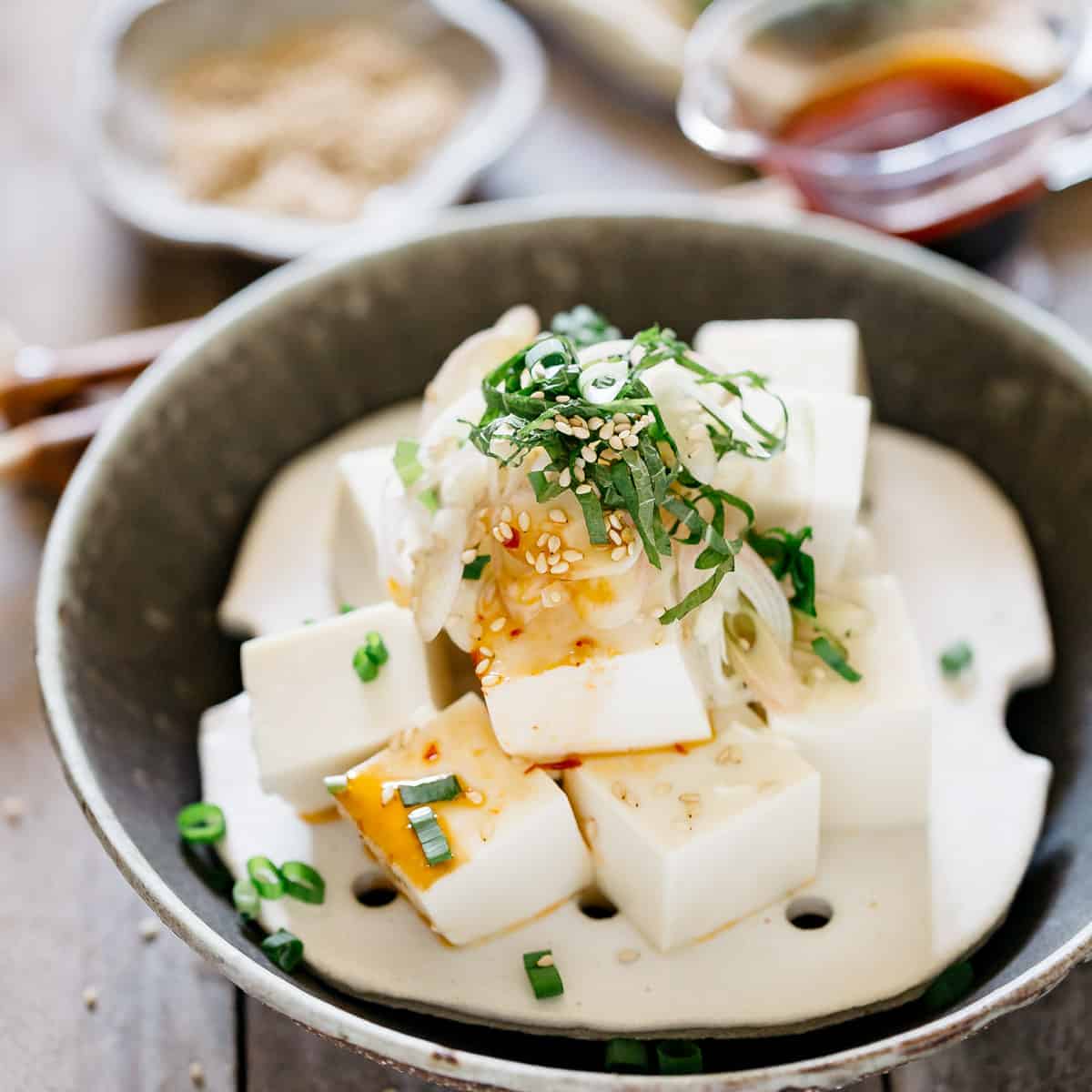
Restaurants and home cooks alike take pride in serving Hiyayakko that is as stunning to look at as it is to taste. Garnishes may cascade gently, create contrast with color, or evoke seasonal scenes—sometimes referencing cherry blossom petals or autumn leaves. Discovering and appreciating the artful presentation of Hiyayakko is thanks to the deep-rooted cultural love for beauty and harmony in Japanese cuisine.
Hiyayakko: The Role of the Dish in Japanese Hospitality
Omotenashi, the Japanese approach to hospitality, centers on anticipation and care for the guest’s needs. Hiyayakko seamlessly fits into this ethic; it is served readily to visitors, signaling thoughtfulness, generosity, and an awareness of the importance of refreshment and subtlety.
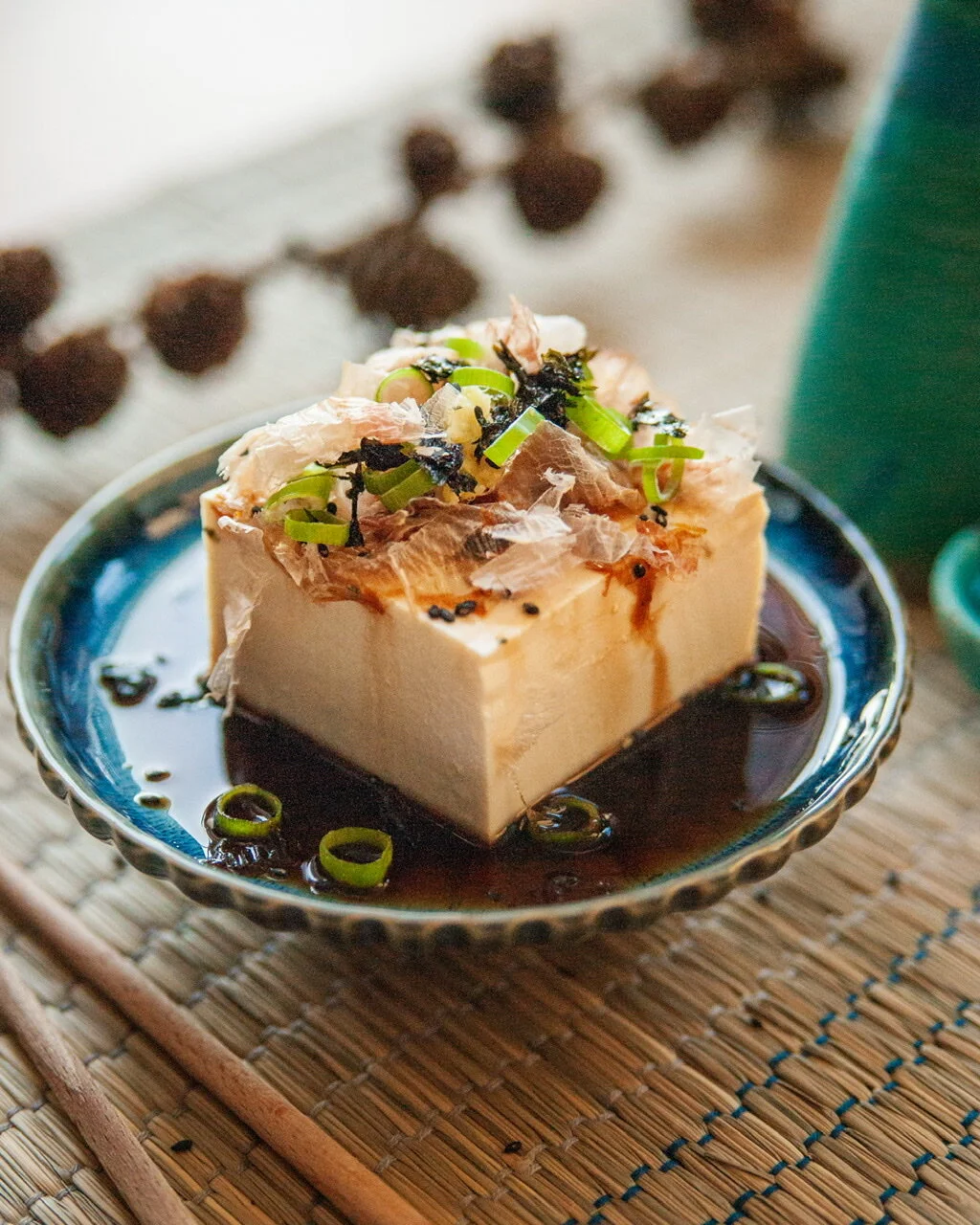
At Yoshida Hotel, we have witnessed firsthand how the offering of Hiyayakko transforms the atmosphere—conversations spark, smiles emerge, and a gentle sense of welcome pervades the table. The dish bridges gaps, making both seasoned travelers and first-time visitors feel at home within Japanese hospitality.
Hiyayakko: Culinary Techniques and Masterful Execution
While Hiyayakko appears deceptively simple, its perfection is a result of skilled technique and acute attention to detail. The tofu must be handled with precision, sliced cleanly without fracturing, then served at the right temperature—chilled, yet not icy, allowing subtle flavors to bloom as it is savored.

Chefs hone their skills to ensure the balance of garnishes and the harmony of flavors. Too much ginger may overwhelm; too little soy sauce may leave the dish bland. At each step, mastery is required to ensure the Hiyayakko presented is worthy of praise and memory.
Hiyayakko: Pairing with Japanese Drinks for a Complete Experience
One of the true pleasures of dining in Japan is pairing dishes with complementary drinks. Hiyayakko finds its perfect match in many classic beverages:
- Chilled sake: Highlights the creaminess and subtle sweetness of tofu.
- Green tea: Cleanses the palate and brightens the dish’s natural flavors.
- Japanese plum wine: Adds fruity undertones and balances umami garnishes.
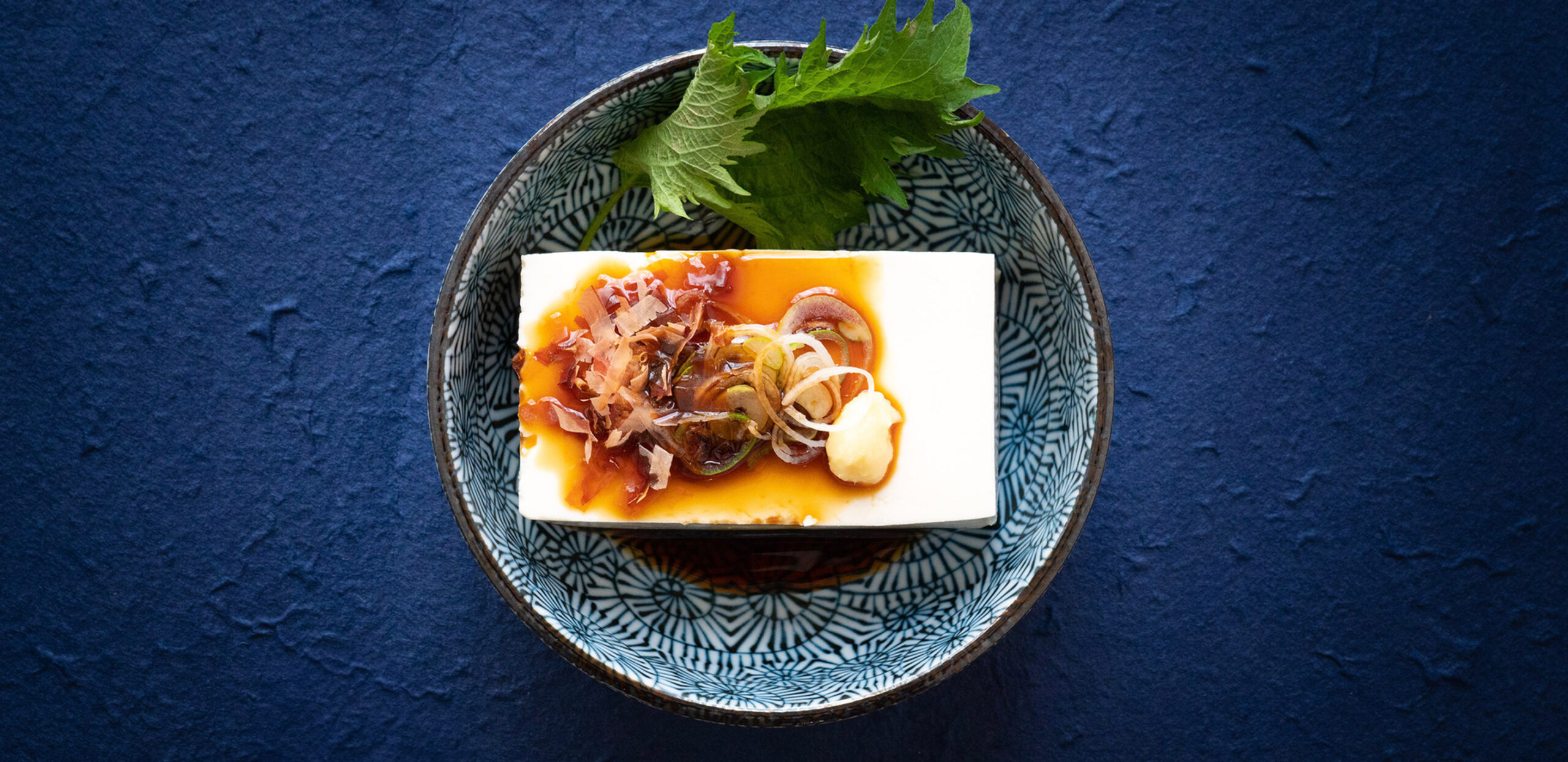
At Yoshida Hotel, we encourage pairing Hiyayakko with traditional or modern refreshments to explore the fullest spectrum of Japanese taste—light, harmonious, and impeccably balanced.
Hiyayakko: Exploring Its Popularity Beyond Japan
With global interest in Japanese cuisine booming, Hiyayakko has emerged on international menus. Sushi bars, izakayas, and fine dining establishments from London to Los Angeles offer inventive riffs on this classic, appealing to health-conscious diners and culinary adventurers alike.
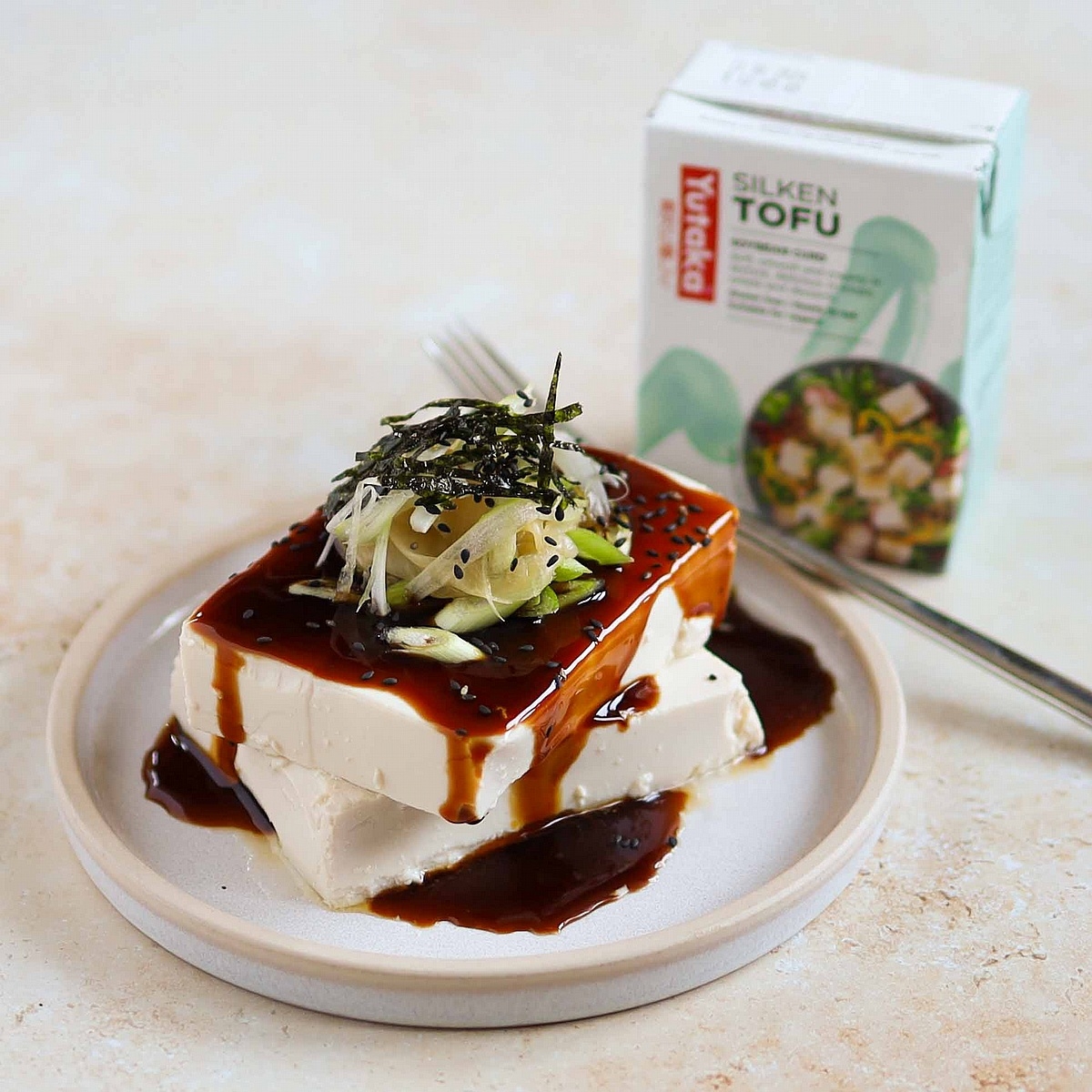
Hiyayakko’s simplicity, adaptability, and freshness make it a world ambassador for Japanese food culture. At Yoshida Hotel, we believe in the dish’s universal appeal—its ability to unite people across continents in the appreciation of minimalism, flavor, and artistry.
Hiyayakko: Reimagined in Modern Japanese Cuisine
Contemporary Japanese chefs love to reinterpret the classics, and Hiyayakko is no exception. Expect to find tofu adorned with fusion elements, like avocado, truffle oil, or even fresh fruits. Some modern restaurants replace tofu with artisan nut cheeses, offering plant-based variations while respecting the traditional essence.
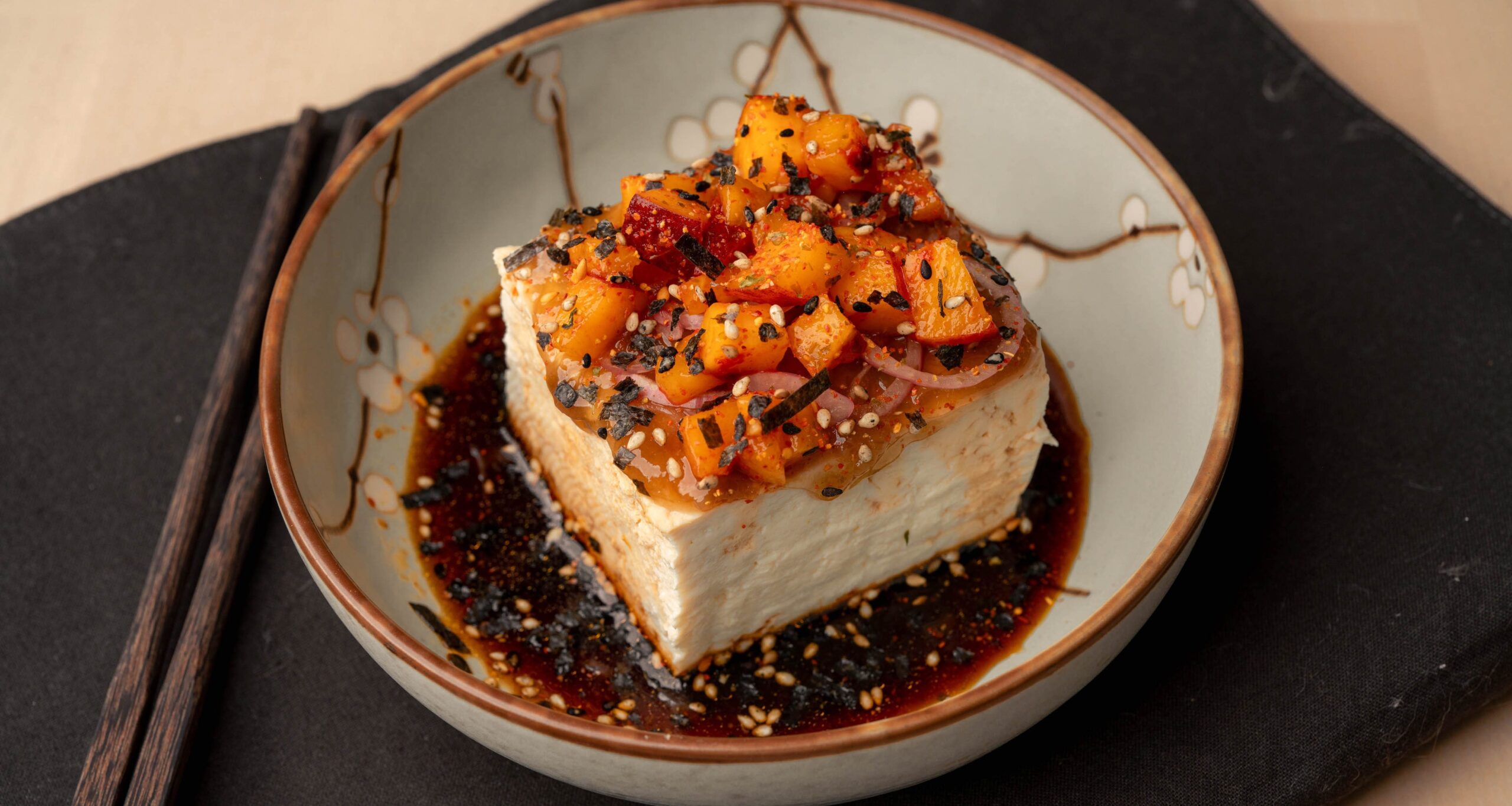
At Yoshida Hotel, our culinary explorations have introduced us to Hiyayakko topped with herbs from European gardens, sea salt from distant shores, or innovative sauces inspired by global trends. Every rendition is an invitation to rediscover the core brilliance of the dish while appreciating the creativity driving Japanese cuisine forward.
Hiyayakko: Ingredients and Sourcing for Home Preparation
Curious to craft Hiyayakko at home? The journey begins with sourcing the best quality tofu and a short list of fresh garnishes. Yoshida Hotel recommends visiting specialty Asian markets or trusted local suppliers, always prioritizing organic, non-GMO soybeans and natural coagulants for an authentic taste experience.
For home cooks:
- Select silken or soft tofu for the most traditional texture.
- Gather fresh ginger, green onions, and a premium soy sauce.
- Prepare toppings just before serving to maintain their aromas and freshness.

As you build your own signature Hiyayakko, remember that respect for ingredients and clarity of taste are the guiding lights of Japanese cuisine.
Hiyayakko: Step-by-Step Guide to Crafting Perfection
Creating Hiyayakko at home is a meditative act that requires patience and intention. To replicate the Yoshida Hotel experience, follow these detailed steps:
- Gently drain silken tofu and allow excess water to run off.
- Pat tofu dry with a soft cloth—avoid pressing too hard.
- Slice the tofu into neat, bite-sized cubes.
- Arrange on a chilled plate or shallow bowl.
- Top each piece with freshly grated ginger, a pinch of green onion, bonito flakes, shiso, or sesame seeds.
- Drizzle lightly with high-quality soy sauce.
- Serve immediately, savoring each bite for its contrast and purity.
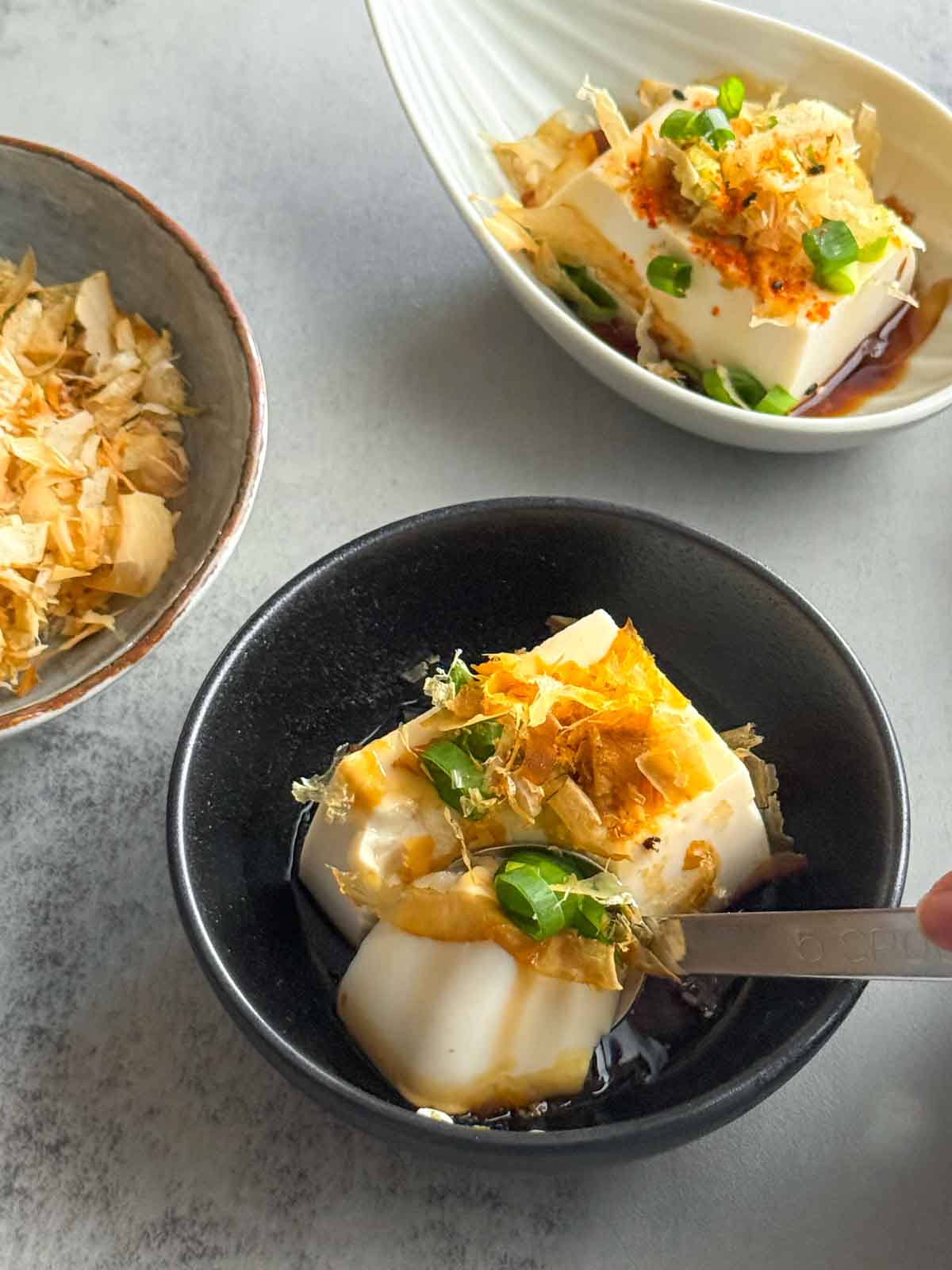
The ritual of preparing and serving Hiyayakko connects you to centuries of culinary tradition and—most importantly—provides moments of joy and refreshment.
Hiyayakko: Stories from Japanese Tables
Food is always richer when accompanied by stories. In homes across Japan, Hiyayakko evokes memories of childhood summers, bustling markets, and tranquil dinner tables. Travelers recall serendipitous encounters with the dish at ryokan breakfast buffets or izakaya evenings spent laughing with friends.

Through these shared moments, Hiyayakko becomes more than a recipe; it becomes a portal to culture, memory, and connection. At Yoshida Hotel, we have gathered countless stories—each serving of Hiyayakko a chapter in a larger tale of Japanese hospitality and resilience.
Hiyayakko: Historical Anecdotes and Cultural Footnotes
To truly understand Hiyayakko, we dive into its historical roots. The name itself, combining “hiya” (cold) and “yakko” (a term once used for samurai retainers), hints at a fascinating lineage. Some say the reference is to the boldness of the dish, sliced like the crests on a samurai’s attire; others connect it to Edo-era customs of sharing cold tofu as a gesture of goodwill during hot months.
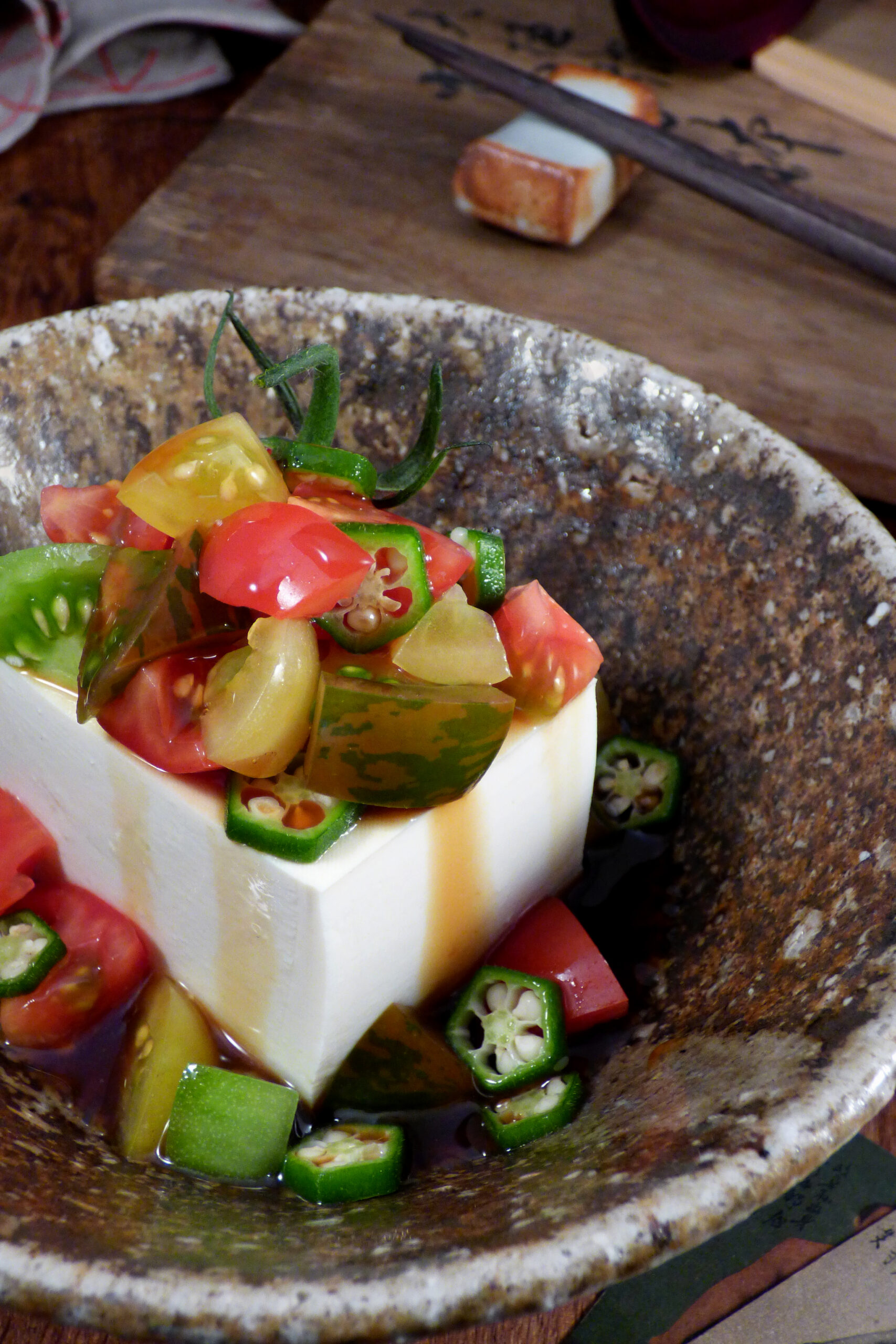
At Yoshida Hotel, we treasure these historical threads and the way they enrich every contemporary meal. Appreciating Hiyayakko is a way of honoring centuries of culinary lineage.
Hiyayakko: The Dish’s Role in Kaiseki and Fine Dining
While Hiyayakko is a staple of home cooking, it also appears on the most refined of tables. In kaiseki, Japan’s distinguished multi-course haute cuisine, Hiyayakko often serves as an interlude—a palate cleanser and quiet note between more intense dishes.

The presentation may be given additional finesse; the toppings arranged in artistic patterns, the tofu set on elegant ceramic ware, and each garnish chosen to highlight not only taste, but the ambience of the dining experience. Yoshida Hotel takes great inspiration from these traditions, finding new ways to incorporate the thoughtful simplicity of Hiyayakko into moments of luxury and refinement.
Hiyayakko: Sustainability and the Future of Japanese Cuisine
Tofu-based dishes like Hiyayakko represent a sustainable future for both Japanese and global diets. The production of tofu requires fewer resources compared to animal-based proteins, supporting eco-friendly farming and a reduced environmental impact.

Yoshida Hotel champions sustainability in every culinary exploration. Choosing Hiyayakko means aligning with values of mindfulness, respect for the environment, and the health of both body and planet.
Hiyayakko: Traditions in Festivals and Everyday Rituals
Visit Japan during summer and you will encounter Hiyayakko in myriad settings—from street food stalls to festive gatherings and sophisticated restaurants. The dish is a symbol of seasonal delight, its cool taste offering reprieve from the sweltering heat.

Learning the significance of Hiyayakko in daily and festive life is crucial to understanding Japanese food culture. Repetition of the dish in different rituals—at home, at festivals, in cafes—deepens appreciation for the continuity and adaptation of tradition.
Hiyayakko: The Sensory Experience—A True Taste of Nihon
Tasting Hiyayakko is to indulge in a symphony of sensations. The gently yielding texture of the tofu, the piquant bite of ginger, the savory drift of bonito flakes, the herbal lift of shiso—each component is orchestrated for a harmonious experience.
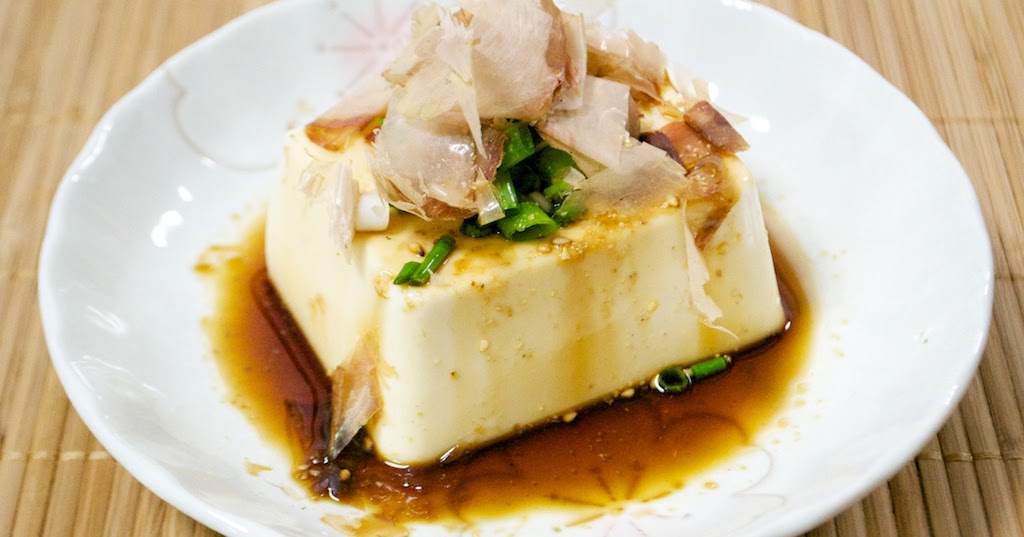
At Yoshida Hotel, we encourage all guests and readers to fully engage the senses when exploring Hiyayakko. Listen to the silence that accompanies the first cool bite, note the subtle play of flavor, and cherish the feeling of lightness and satisfaction that lingers.
Hiyayakko: Culinary Vocabulary and Communicating Appreciation
Becoming fluent in the language of Japanese food allows for deeper appreciation. When ordering or discussing Hiyayakko, you might encounter these terms:
- Tofu (豆腐): The heart of the dish, symbolizing purity and refreshment.
- Shōyu (醤油): Japanese soy sauce, crafted with care.
- Katsuobushi (鰹節): Bonito flakes, a foundation of umami.
- Shiso (紫蘇): A fragrant medicinal herb.
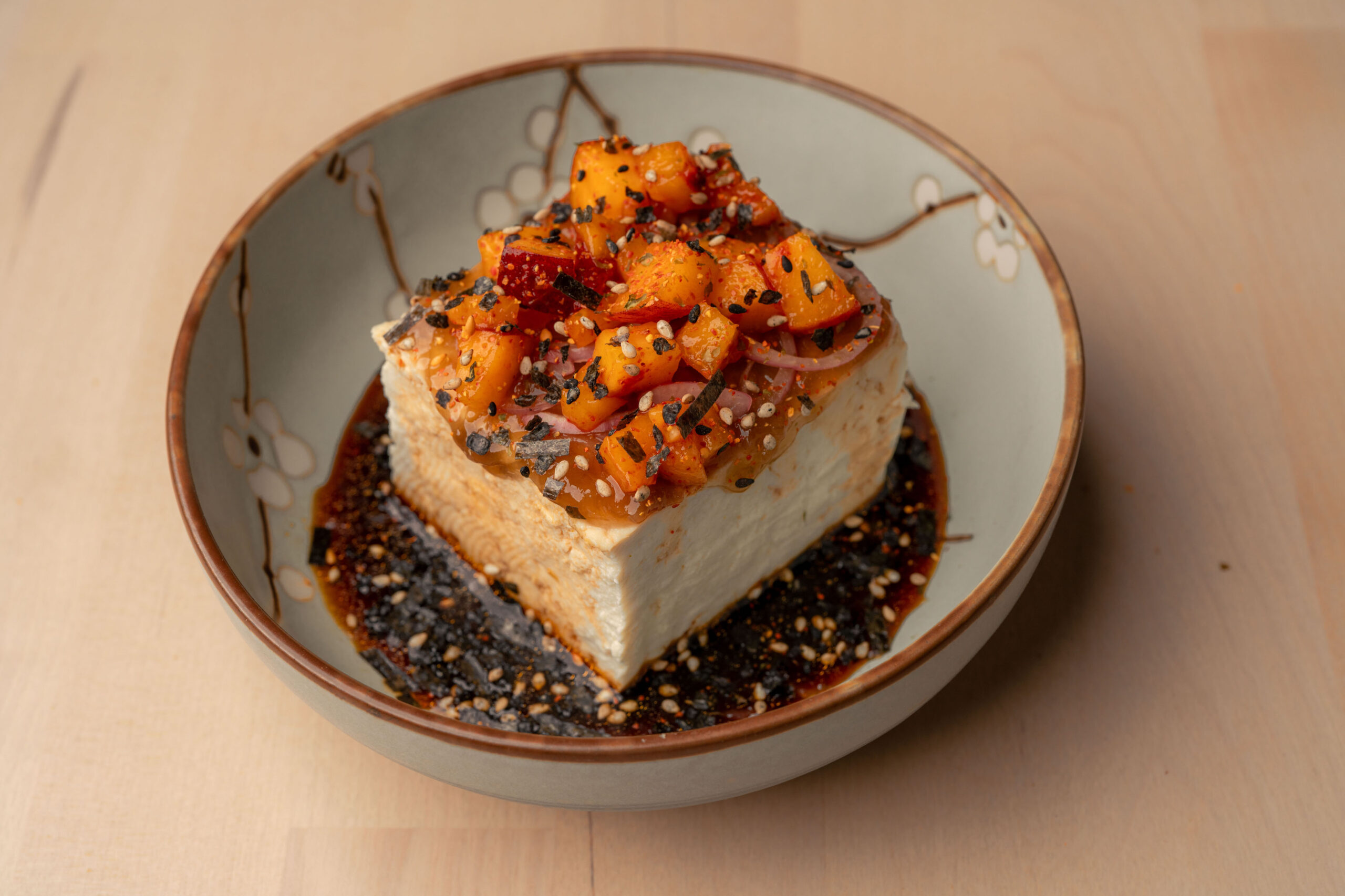
Learning to recognize, pronounce, and appreciate these ingredients adds authenticity to your culinary adventures with Yoshida Hotel.
Hiyayakko: Frequently Asked Questions Unveiled
Many travelers and diners have questions about Hiyayakko. Yoshida Hotel has gathered and answered some of the most common inquiries:
- Is Hiyayakko vegetarian or vegan?
Traditional preparations are vegetarian but not always vegan due to the inclusion of bonito flakes. Choose plant-based toppings for a vegan experience. - Can Hiyayakko be made with firm tofu?
Yes, although silken tofu is preferred for its texture.

- How is Hiyayakko served at high-end restaurants?
Expect elegant presentation, creative garnishes, and occasional fusion twists.
Your curiosity drives your culinary exploration; Yoshida Hotel stands ready to guide you through every question and experience.
Hiyayakko: Incorporating the Dish into Modern Lifestyles
In the fast-paced world of modern travel, simplicity and nutrition have taken on renewed importance. Hiyayakko is perfectly suited to today’s lifestyles—it is quick to prepare, nutritious, and endlessly adaptable for personal tastes and dietary needs.
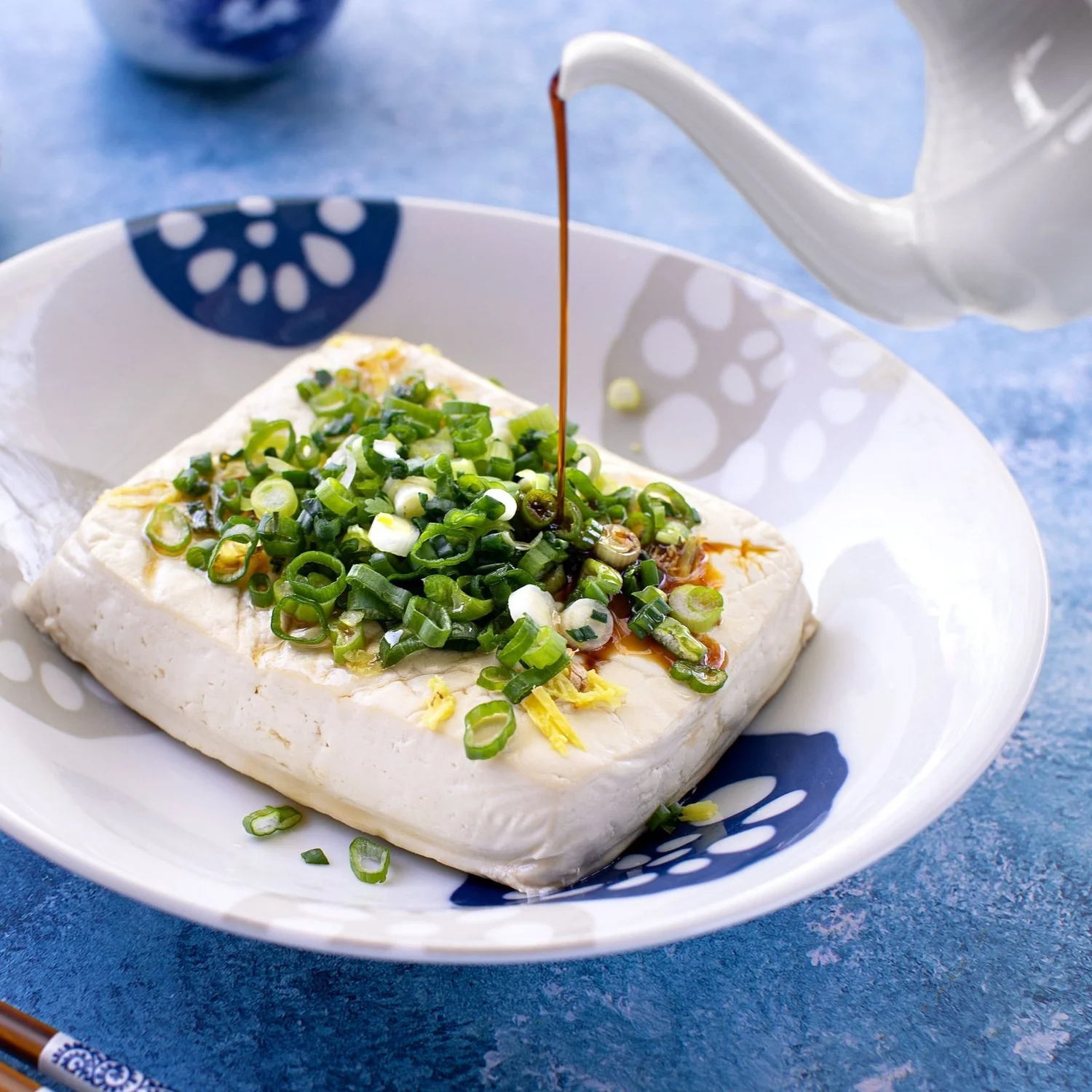
Even as global cuisine shifts and new trends arise, the timeless appeal of Hiyayakko remains. Explorers, digital nomads, and families all find comfort and excitement in this dish, embracing it as a staple of modern well-being.
Final Thoughts—A Legacy of Taste and Hospitality with Yoshida Hotel
As our journey through Hiyayakko and Japanese cuisine draws to a close, Yoshida Hotel invites you to savor the memory, joy, and knowledge that this humble dish represents. Hiyayakko stands as a testament to Japan’s culinary artistry, its hospitality, and its love for simple perfection.
May your next adventure be enriched by the flavors, textures, and stories discovered through Hiyayakko. With every bite—whether in the spirit of exploration, nourishment, or pure enjoyment—may you find shades of Japan’s endless culinary landscape reflected.
Details
Namistay chain hotel
- 61-63 Hoang Ke Viem, Bac My Phu, Ngu Hanh Son, Da Nang, Vietnam
- Hotline: 0905 432 992
- Lot 45 An Thuong 29, Bac My Phu, Ngu Hanh Son, Da Nang, Vietnam
- Hotline: 0977 455 546
- 42 An Thuong 26 Street, Bac My Phu, Ngu Hanh Son, Da Nang, Vietnam
- Hotline: 0965 442 842

